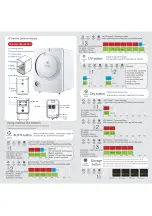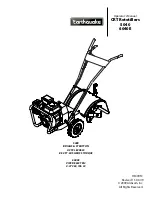
Basic Safety Instructions
2.3 Mechanical
Systems
Improper use can lead to injuries or material damage. Observe the following instructions:
•
Only operate the LVS with hoses of the specified dimensions.
•
The maximum permissible pressure of 1 bar at the suction connection must not be exceeded.
•
Solid particles in the pumping medium impair the pumping action and can lead to damage. Prevent
solid particles penetrating into the pump.
•
Hazardous substances must be separated out as far as this is technically possible before they
reach the pump.
•
External mechanical stresses and vibrations must not be transmitted to the pump. Only use flexible
laboratory hoses for connecting laboratory vacuum systems.
•
The overpressure generated at the pressure port must not exceed 1 bar.
•
The pump must not be used to suck up fluids. Lay the exhaust pipe so that it slopes downwards, so
allowing condensate to flow out of the pump. Collect the condensate and dispose of it in an envi-
ronmentally compatible manner.
When handling glass vessels, pay attention to:
•
Only use glass vessels with a plastic coating for splinter protection.
•
Only use vessels which are suitable for use with vacuums (e.g. round-bottomed flasks).
We recommend that only glass components supplied by the manufacturer are used.
Do not use Erlenmeyer flasks.
•
Before each evacuation, check glass vessels for damage which might impair their strength, replace
them if any such damage is found.
•
Do not heat glass vessels on one side only.
•
Retardation of the boiling of the gases to be pumped can lead to a sudden pressure increase. Pre-
vent retardation of boiling by means of suitable measures (e.g. turbulent agitation).
2.4 High
Temperatures
Prevent the following maximum permissible temperatures from being exceeded.
•
+ 40 °C for the environment, and
•
+ 60 °C for the gas to be pumped.
The motor for single phase alternating current is protected against overload by an integrated
motor protection switch.
8 113184









































